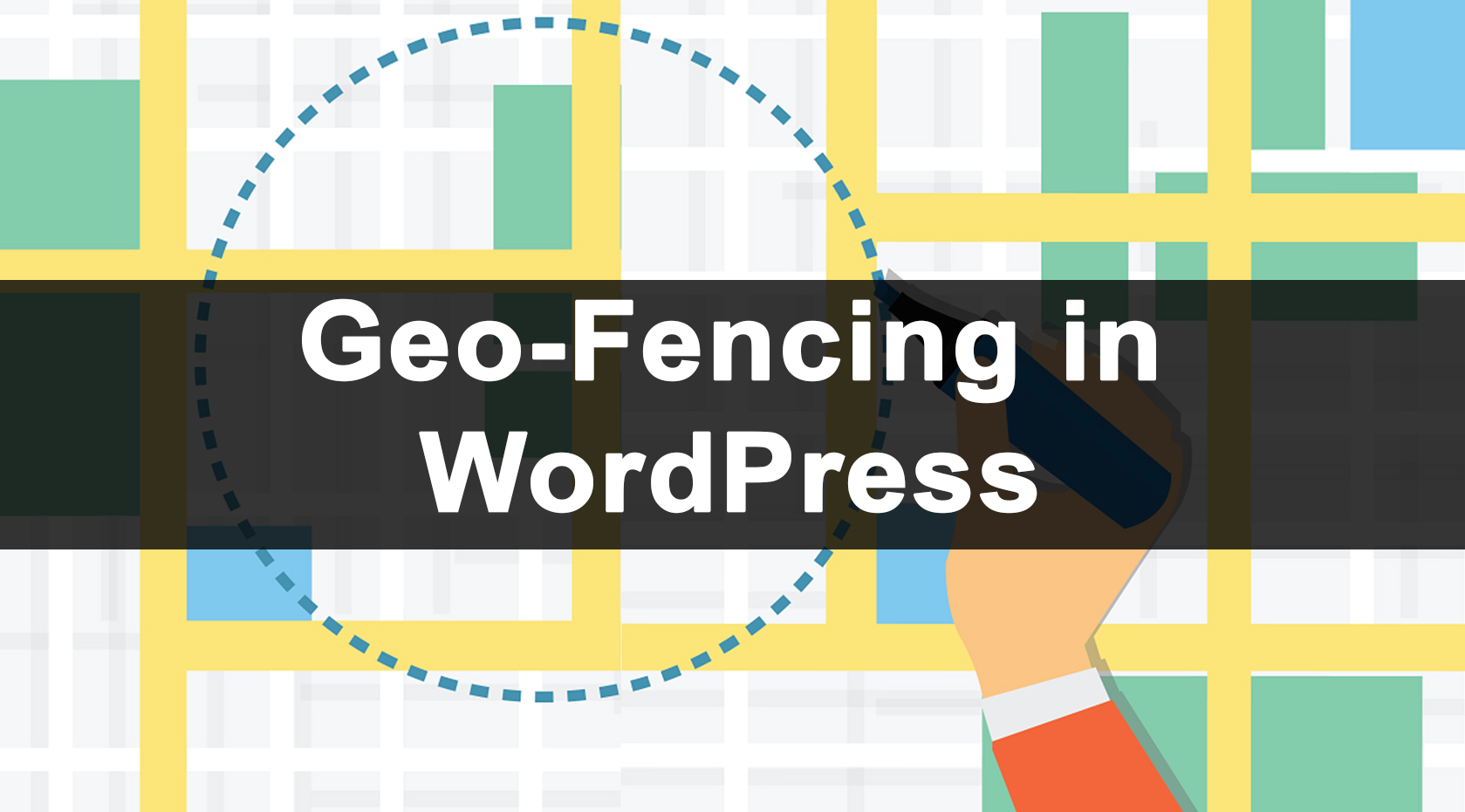A geo-fence is a virtual perimeter for a real-world geographic area. A geo-fence could be dynamically generated—as in a radius around a point location, or a geo-fence can be a predefined set of boundaries (such as school zones or neighborhood boundaries).
Geo-Fencing refers to drawing a virtual barrier around a location using your devices global positioning system (GPS) or Internet Protocol (IP) address, which is just like your virtual address. Ads inside of geo-fenced areas can be seen on computer, tablet, or mobile devices as potential customers are browsing the web. Technically, geo-fencing can be any size radius from a particular location, anywhere from a mile to state-wide. But most people when they are referring to geo-fencing are looking for a very tight radius around a location. A misconception with geo-fencing is that once inside the fence you receive push notifications, or text messages to the device, which is not accurate. What geo-fencing does instead is show ads to the person inside the geo-fenced radius if they are browsing the web, to alert them of a local deal or the distance you are from a particular store location. ~source: vicimediainc.com
Marketers brilliantly segment email marketing campaigns and ad-sets in Facebook ads, so too can marketers now segment their homepage. The place where all of their ad dollars send traffic. It’s now easier than ever to reach your audience with exceptional specificity. You just have to know where your audience is physically and digitally. Choosing the best traction channels for your content, and personalizing your message by geotargeting are the two best methods to combat the inefficiency of the traditional advertisement.

Traction channels are the places where your message can be seen or heard
Traction makes achieving growth possible as a start-up. According to Gabriel Weinberg and Justin Mares, focusing your time and efforts equally into product and customer acquisition is the best way to create demand for your product and position your company for long term growth. Traction channels are the places where you meet your audience: blogs, podcasts, social media, email, viral marketing, public relations. Different age groups, sexes, and ethnographics use different channels, so your consumer data best directs the channel strategy. ~source: geofli.com
Geo-Fencing and Geo-Targeting: What’s the Difference?
Digital jargon can be pretty confusing at times. Many words can have different meanings and it’s important to dig further into their true definitions. For example, keyword targeting could mean Pay-Per-Click, organic keyword display, or can even mean targeting keywords on your website to increase a websites SEO value. See what I mean? Confusing!
Geo-targeting refers to delivering ads to people meeting a specific targeting criteria and who enter inside of a defined radius using the same geo-fencing location technology. The key difference is geo-targeting hones in on specific consumer targeting criteria like demographics, behaviors, interests, as well as where the person is located. You often need bigger geo’s to do this since you are not showing the ads to EVERYONE inside the geo-fence, they must also meet the targeting criteria.
Both geo-fencing and geo-targeting can be done on mobile, tablet, computer, or even gaming devices with internet access. When it comes to deciding which is best for your marketing, think of who your target customer is. If you are interested in advertising to a population of all ages and all interests, geo-fencing is perfect for you. If you are only interested in hitting only a specific consumer demographic that is more niche, then you should be doing geo-targeting. ~source: vicimediainc.com
How to use Geo-Fencing in WordPress
WordPress is a platform open for development of any type of website. Geo Controller allows you to create content on your site, functionality and protection according to your needs. You can easily allow a large public mass of visitors from one country, region, city, province to see specific content that is targeted specifically at them while other content is hidden. Same things you can do with SEO redirection where you move one specific visitors to another pages based on geo location and not affect to SEO and Google Results.
If you use WooCommerce, you can automatically change the price according to the current exchange rate or change payment methods depending on the country of your visitor. PayPal is not enabled in some countries while credit card payment is not available in others. In some countries it is not even possible to use Skrill and with Geo Controller you have full control over it and you can avoid all legal or tax issues.
If you are a PHP or JavaScript developer, this plugin can be like framework or platform for the further development or upgrade on your system or other plugin. You also save money on buying expensive databases and save time processing information. You get it all done, you just need to take what you need and that’s all.
Click to Download latest Geo Controller version 8.9.4
NOTE
Do not forget that Geo Controller uses very sensitive information and you must indicate it in your privacy policy because of European GDPR law, but in fact, Geo Controller is fully valid for use and does not violate any legal acts by itself.





